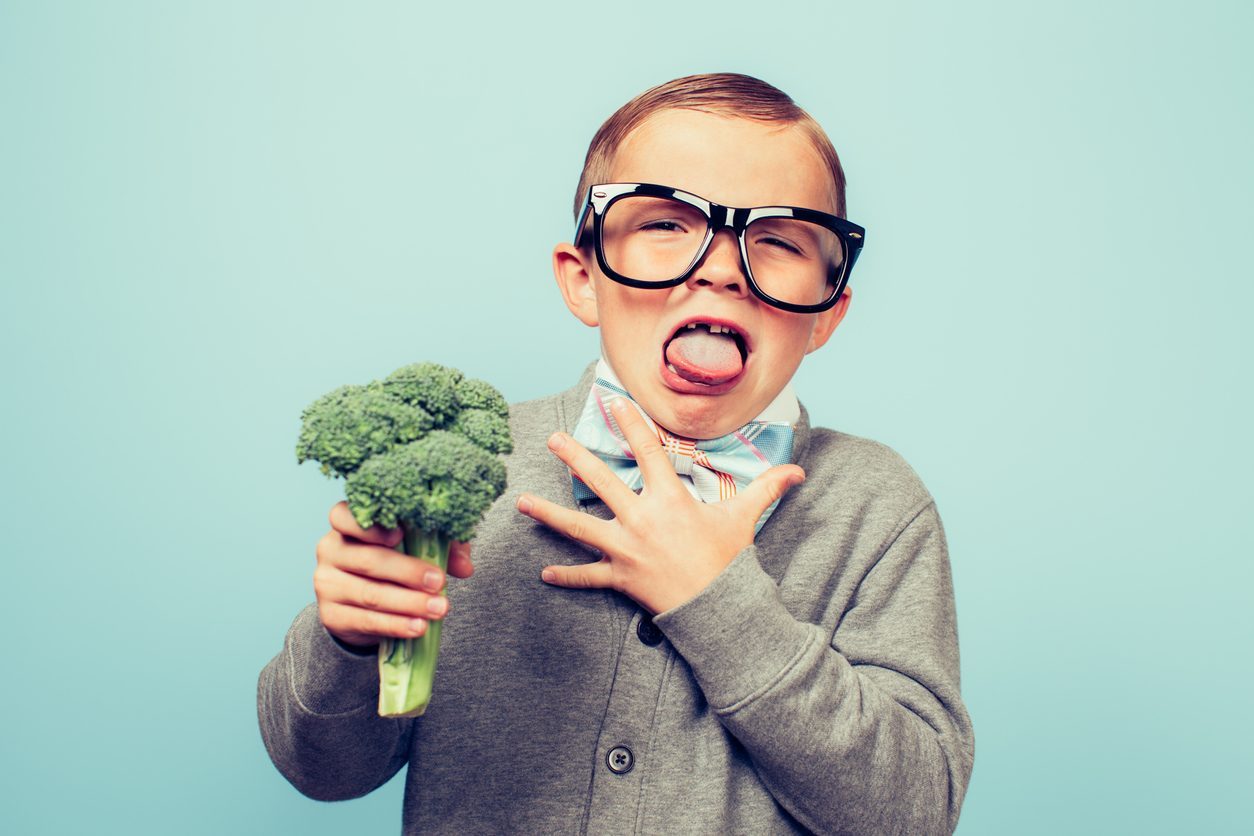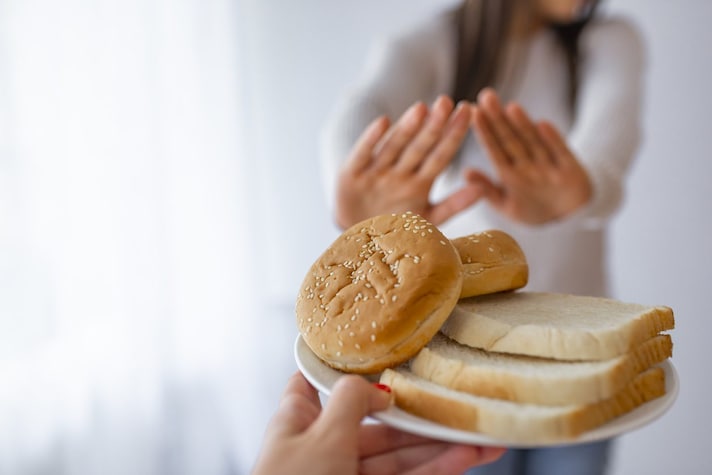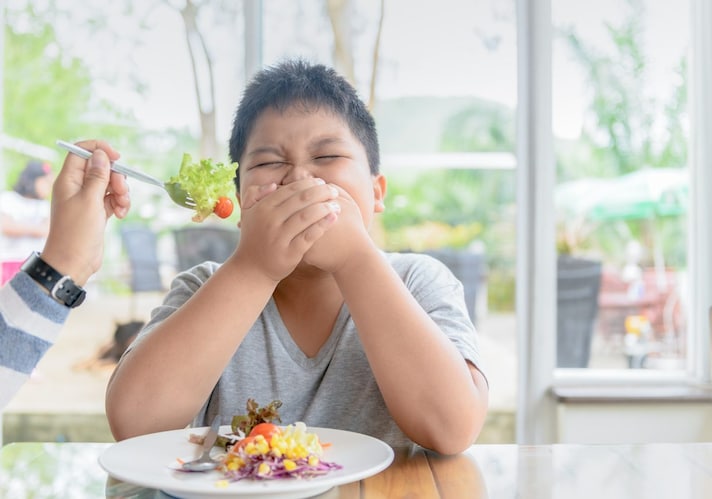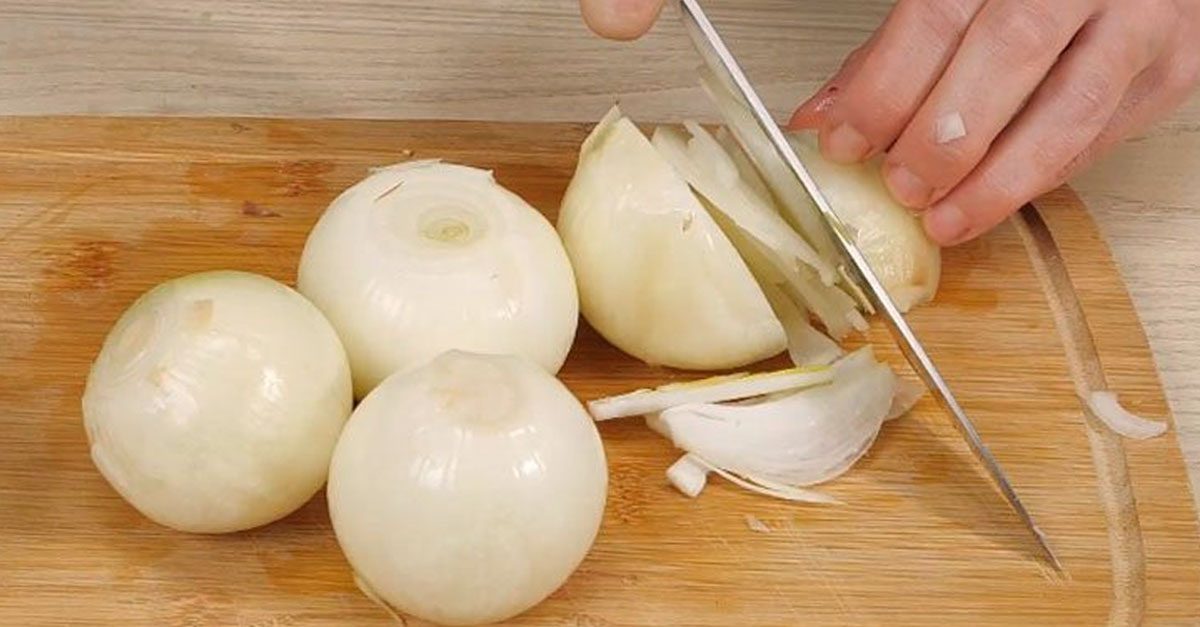Cibophobia: what it is, how it shows up and how to overcome fear of food
What is cibophobia or food phobia, how it shows up and what are the triggering causes. In this article we answer these and other questions using the precious contribution of Dr. Silvia Della Morte, psychologist, psychotherapist and mindfulness instructor. She also explains to us how to face it and solve it.
;)
There are those who are afraid of swallowing a certain solid food, those who reject new and unknown foods or those who still exclude some food in particular, eating only those of a certain type, consistency or color. We are talking about cibophobia or food phobia, or that irrational and uncontrollable fear linked to food and its ingestion. Not to be confused with eating disorders such as anorexia, bulimia and orthorexia nervosa, cibophobia – linked to the intake of certain specific foods – can have a negative impact on the physical well-being and social life of the person suffering from it and, for these reasons, it should not be taken lightly and underestimated. Let's see in detail, therefore, what cibophobia is, how it shows up and how we can solve it.
Cibophobia: when food scares us
What is cibophobia? To answer this question we took advantage of the contribution of Dr. Silvia Della Morte, psychologist, psychotherapist and mindfulness instructor, enrolled in the Order of Psychologists of Lazio (Italy). "By cibophobia we mean an irrational fear – I would say immeasurable – for some foods that are therefore avoided and sometimes even the mere thought of these can lead to a real anxious symptomatology".
But how does cibophobia shows up? "The person who suffers from it has an exclusive selectivity with respect to some foods and he or she is unable to digest that food that is the phobic object; even the thought alone stimulates in the suffering person an anxious type of symptomatology that we find in all types of phobias, from tremors to real panic attacks. This clearly leads to a very poor quality of life. "

What are the most common food phobias
What are the most frequent food phobias? "There are many – continues Dr. Della Morte – some even very bizarre; they range from the phobia of bananas to that of garlic, from that of alcohol to that of tomatoes (or their seeds); or even for vegetables, fruit or peanut butter, for the fear that this could rest on the palate and make the person suffocate". The phobia can be related not only to the phobic object itself, but also to its color or texture. One of the best known phobias is probably phagophobia (from the Greek, fear of eating); the subject is unable to swallow or ingest solid food; in the mildest cases the individual suffering from this pathology ends up eating only soft and liquid foods, but in the most serious and disabling situations this problem can cause dangerous nutritional deficiencies and therefore damage to health.
Another fear, equally known and very widespread, is neophobia, or the rejection of new or unknown foods. It is a characteristic inherent in the human being, a natural attitude aimed at his/her safeguard and protection, which we find above all in childhood (between 2-years-old and 5-years-old). In this phase it is a question of a transitory and functional defensive behavior, which disappears spontaneously during the continuation of childhood also thanks to the example of the family and a correct dietary education; in the event that neophobic tendencies are preserved also in adulthood, on the other hand, there is a risk of depriving the body of precious substances and therefore of incurring serious caloric, protein or vitamin deficiencies depending on which the phobic object is; and to see the network of interpersonal relationships undermined or compromised.
When certain foods are excluded from the diet or only those of a certain type, consistency or color are eaten (for example only white foods such as pasta, rice and bread), we can speak of Arfid (Avoidant restrictive food intake disorder), a eating behavior that mainly affects men. It is a kind of hypochondria and those who suffer from it are convinced that a certain food, once ingested, can cause them an illness (even without a real reason).

The right therapy
Is it possible to solve this kind of problem? The answer is yes. When the quality of life and interpersonal relationships are compromised, it is very important that the person suffering from cibophobia disease is accompanied on a therapeutic path aimed at reducing his or her level of stress and anxiety. "Especially where there has been a trauma", explains the psychotherapist. If this were not the case, it will be necessary to understand, again through therapy, "what was projected into that object which becomes a phobia".
Therefore, it is essential to contact and rely on a professional therapist who knows how to direct the patient towards the right therapeutic path. "Usually – continues the doctor – in these desensitization therapies, of a cognitive behavioral type, we try to accompany the subject to understand the various meanings and to manage and control the ruminations that occur at a cognitive level. Furthermore, also good awareness and therefore a re-education through being in contact with things in a mindful way, and therefore in a conscious way, can allow the subject to enter into a relationship with what he or she is, with what he or she sees and with what he or she projects on the phobic object, and therefore adhere to reality as much as possible". On the other hand, if an important anxious symptomatology should arise, one can also rely on pharmacotherapy, aimed at lowering those levels of tension "which can often be disabling for the subject".
The person who has this type of "problem" has learned very well to live with it and he or she is placed in a comfort zone where, precisely, through the avoidance and selection of certain things, in some way "he or she convinces himself/herself to live well". The human being is organized to have fear, a fear aimed at protecting him and therefore aimed at survival; when the management of this fear compromises the possibility of having new experiences, it is essential to work on it. "To get out of it it would be interesting to understand what is inside this phobia; food can be a selected object where it is projected onto something much larger, something that the person cannot explore in a different way".

Mindfulness eating
Just pay attention to the present moment, intentionally and in a non-judgmental way. This is the definition that Jon Kabat-Zinn, American doctor and pioneer of this approach, gave of mindfulness. But what is the correlation between this and cibophobia? "As a mindfulness instructor – explains Dr. Della Morte – I believe that a Mbsr (Mindfulness based stress reduction) protocol is important for a person with this type of phobia; the protocol aims to make people aware of various axes such as cognitive, therefore the axis of thought, to be aware of the panorama of sensations, but also of the panorama of emotions. If a person who lives a situation of phobia, of an uncontrolled fear, it is very important that he or she can instead stay in the present moment and, through a re-education in the present moment, such as the MBSR does, can reduce stress levels and learn to know and observe, with a certain detachment and therefore with greater control, everything that is happening in his mental, sensorial and emotional panorama".
Just get back in touch with our senses, just learn to choose, cook and eat consciously. Let’s select the ingredients carefully and treat them in the most appropriate way; let’s taste food slowly, minimizing external distractions and creating a relaxing and comfortable environment, let’s listen to the signals of our body, which tells us when we are hungry and when we are full, and let the dish we are tasting win us over with its colors, textures, aromas and flavors.
;Resize,width=767;)

;Resize,width=712;)
;Resize,width=712;)
